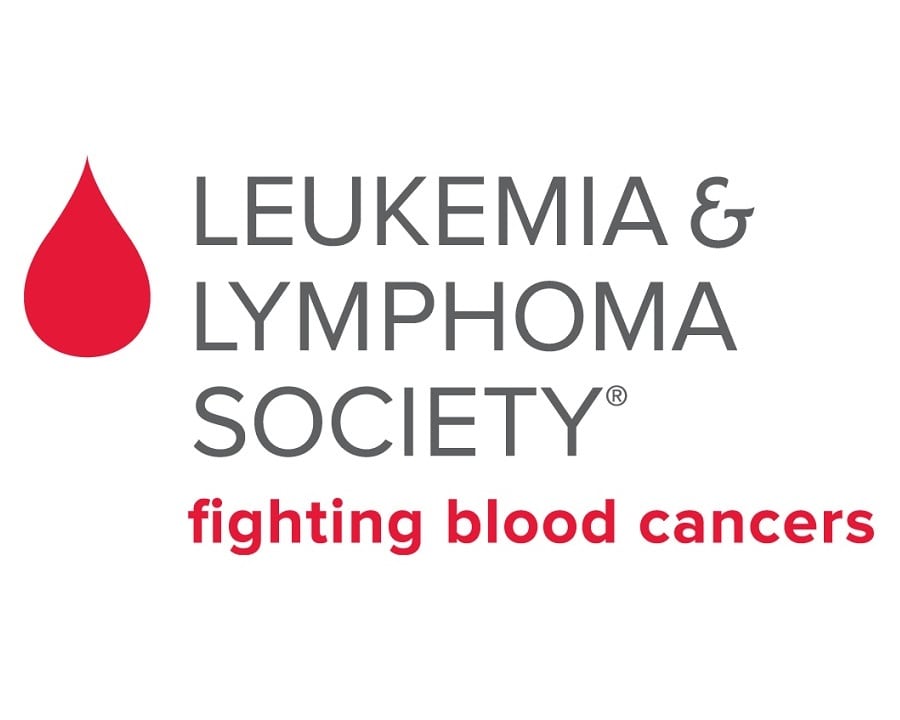Chronic Lymphoproliferative Disorders
Evaluation of disease
Last update: October 1st, 2019
The evaluation of lymphoid malignancies is based on a combinational of information yielded by cytomorphology and/or histopathology, cytochemistry, immunophenotyping and cytogenetics:
Immunophenotyping by Flow Cytometry
Identification of aberrant lymphocytes currently not only relies on their absolute or relative numerical distribution among all lymphocytes (or their subpopulations) present in the sample, but also mainly searches for more specific ‘abnormal’ immunophenotypic profiles. These aberrant phenotypes can clearly be distinguished from normal and reactive patterns in the multidimensional space generated by unique combinations of fluorochrome-conjugated antibodies. For the identification of major leukocyte populations B-, T- and NK lymphocytes and their dissection into lymphoid subsets, specific markers have been approved: CD45, CD19, CD20 (positive identification of mature B-cells), anti-SmIgKappa, anti-SmIgLambda (B-cell SmIg light chain subsets) and SmCD3, CD4, CD8, CD56 (identification of both T-cells and NK cells). Other markers can improve the characterization of the lymphoid cell populations:
- increasing the number of lymphocyte populations and subsets that could be identified (for example, positive discrimination of plasma cells with CD38 or discrimination of TCRgdþ from other CD8_/lo T-cells with the anti-TCRgd antibody).
- providing a more sensitive and/or robust orientation on subsequent analyses, when lymphocyte populations with aberrant or clonal phenotypes had been detected (for example, CD5 and CD38 in B- and/or T-cell CLPD).
Next Generation Flow™
In recent years, EuroFlow™ scientific consortium has developed a solution called Next Generation Flow in order to create and standardize fast, accurate and sensitive flow cytometry tests. Considering that knowledge, Cytognos presents a complete and scientific-based solution to cover all the needs for evaluation of chronic lymphoproliferative disorders.
Following NGF methodology, Cytognos offers the LST kit for the initial evaluation of bone marrow, peripheral blood or lymph nodes samples with suspicion of mature lymphoid infiltration, and orientation towards the Classification EuroFlow™ panels.
After CLPD has been diagnosed, tests are done to find out if cancer cells have spread within the lymph system or to other parts of the body, what it is called staging. The information gathered from the staging process determines the stage of the disease and the treatment plan. To evaluate the presence of lymphoid infiltration in low cellularity samples as CFS, Cytognos offers the SST kit as part of the NGF methodology.
For classification of B-CLPD, the Cytognos MBC-CORE contains the three backbone markers CD19, CD20 and CD45 that has proved to provide efficient positive identification of all malignant B-cell clones in every B-CPLD patient. This combination together with the characterization markers provide an efficient differential diagnosis among the majority of B-CPLD entities.
DNA quantification and cell cycle phases study provide relevant clinical information for prognostic, evaluation and follow-up of patients with hematological malignancies. To determine neoplastic B-cell DNA content in patient samples diagnosed with B-lineage Non-Hodgkin lymphoma (B-NHL) and other B-cell chronic lymphoproliferative diseases (B-CLPD), Cytognos designed the Cycloscope B-NHL kit.
In order to analyze the obtained impressive and complex amount of data Cytognos offers the software Infinicyt™. Moreover, to standardize the analysis, Infinicyt 2.0 includes reference databases developed by EuroFlow™, including the so-called LST for the initial screening of chronic lymphoproliferative disorders.
Resources
Publications:
- Costa ES, et al. A new automated flow cytometry data analysis approach for the diagnostic screening of neoplastic B cell disorders in peripheral blood samples with absolute lymphocytosis. Leukemia. 2006 May; 20:1221-1230. Go to publication.
- van Dongen JJ, et al. EuroFlow antibody panels for standardized n-dimensional flow cytometric immunophenotyping of normal, reactive and malignant leukocytes. Leukemia. 2012 Sep; 26(9):1908-75. Go to publication.
- Costa ES, et al. Automated pattern-guided principal component analysis of B-cell chronic lymphoproliferative disorders. 2010 Nov. Leukemia; 24(11): 1927-33. Go to publication.
- Arber DA, et al. The 2016 revision to the World Health Organization classification of myeloid neoplasms and acute leukemia. Blood. 2016 May;127(20):2391-405. Go to publication.




